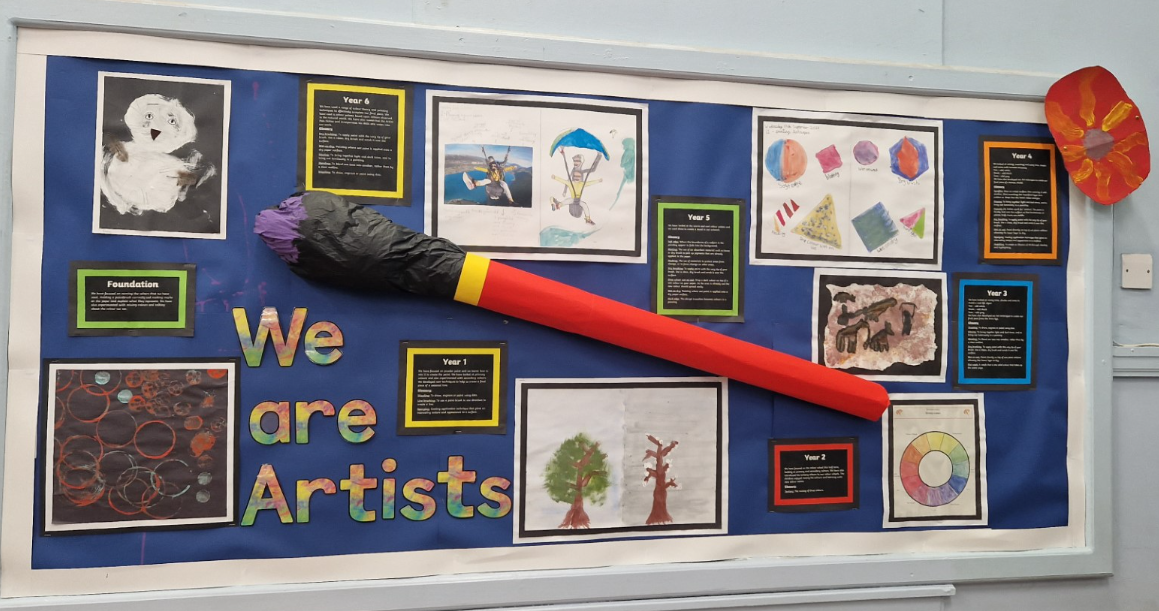Art
Art at Listerdale
‘Art is a place for children to learn to trust their ideas, themselves and to explore what is possible.’ MaryAnn F. Kohl, Creative Arts Educator
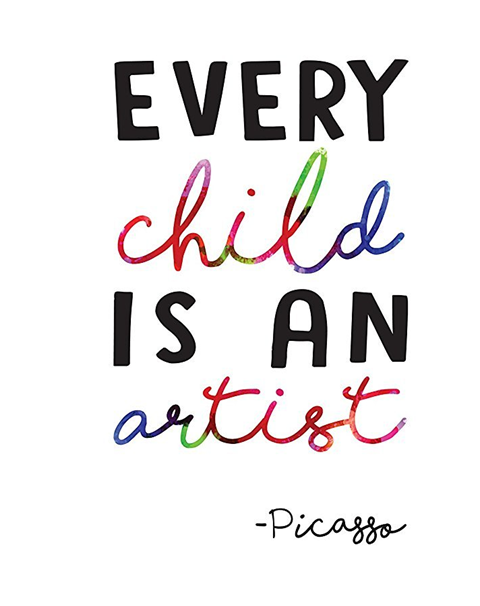
Intent
At Listerdale Junior Academy, the aim of our Art curriculum is to develop creativity, set challenges, engage and inspire all children and equip them with the knowledge and skills to experiment, invent and create their own works of art. We recognise that art is one of the highest forms of human creativity and therefore imperative that children are provided with the expertise to record their ideas and expand their imaginations. We want our Art curriculum to broaden children’s knowledge and expose all children to a rich and diverse range of artists, craft makers and designers. We also want to nurture children’s confidence in creating art, so art lessons can be a genuine place for self-exploration and freedom of expression and allow them to fall in love with Art that will hopefully remain with them into adulthood.
Implementation
EYFS
The children’s Art journey will start in Foundation through the ‘Expressive Art and Design’ strand of the EYF's curriculum. They will start by exploring a variety of materials, tools and techniques. They will experiment with lots of different colours, design and texture. The children will have access daily, through continuous provision, to allow them to explore and develop their imagination and creativeness.
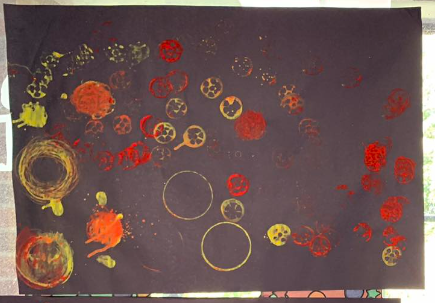
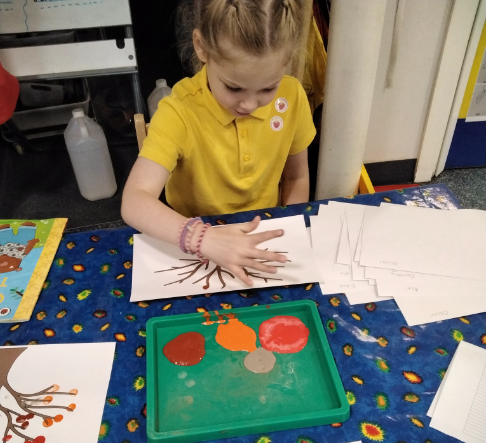
Key Stage 1
In Key Stage 1 children will be taught a wide range of skills and techniques that they will continue to develop throughout their time at school. They will explore different colours, patterns, texture, shape, form, space and line. Children will have the opportunity to use different materials to allow them to create through drawing, painting, sculpture, collage and printmaking. Although children will be developing their own artistic skills, they will also have the opportunity to study different artists. This will allow the children to see other artist’s work and express their opinions and also show them how the techniques they are taught can be used to create art.
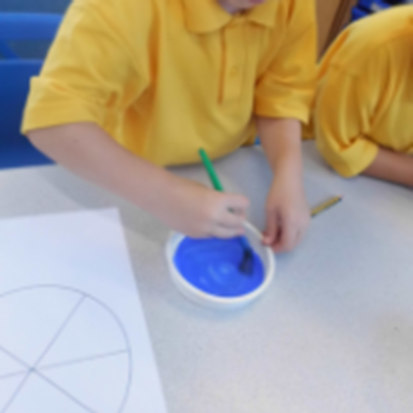
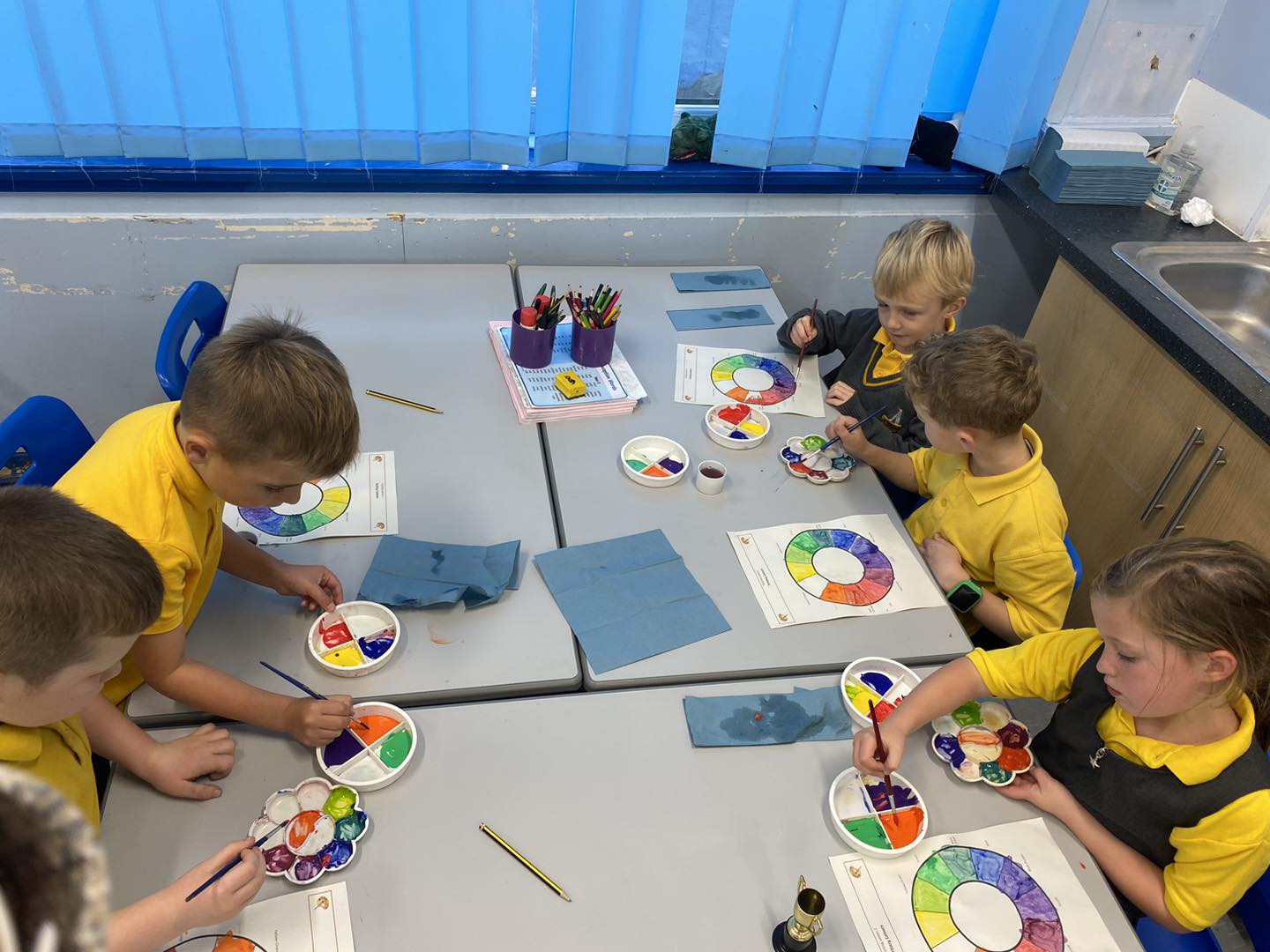
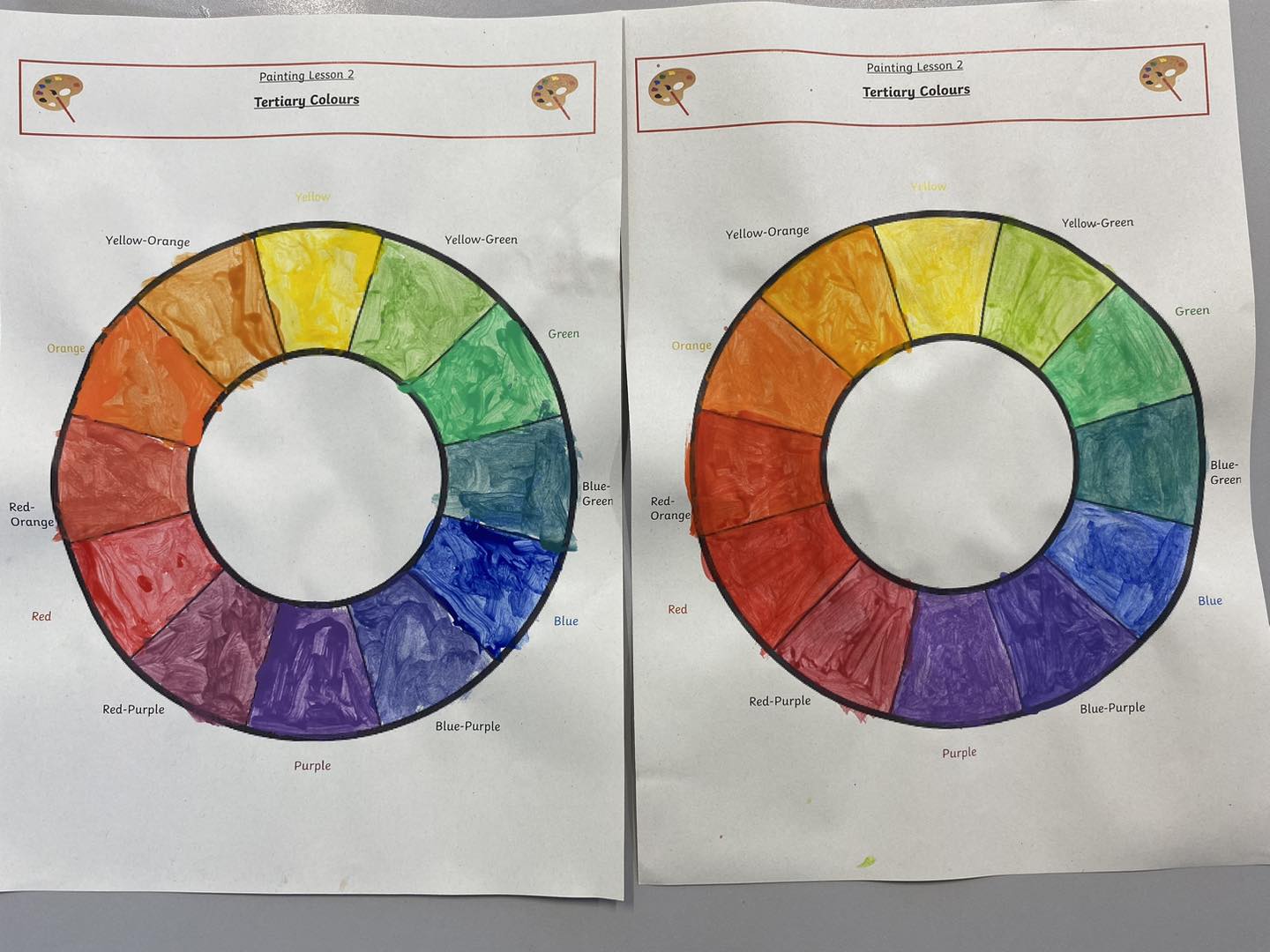
Key Stage 2
In Key Stage 2 the children will continue to build and develop their art skills and knowledge that they have gained in Key Stage 1. The children will improve their skills in drawing, painting, sculpture, collage and printmaking. They will use their sketch books to record their own ideas and express themselves through their art. As in Key Stage 1, children will have the opportunity to study different artists. This will allow the children to see other artist’s work and express their opinions and also show them how the techniques they are taught can be used to create art.
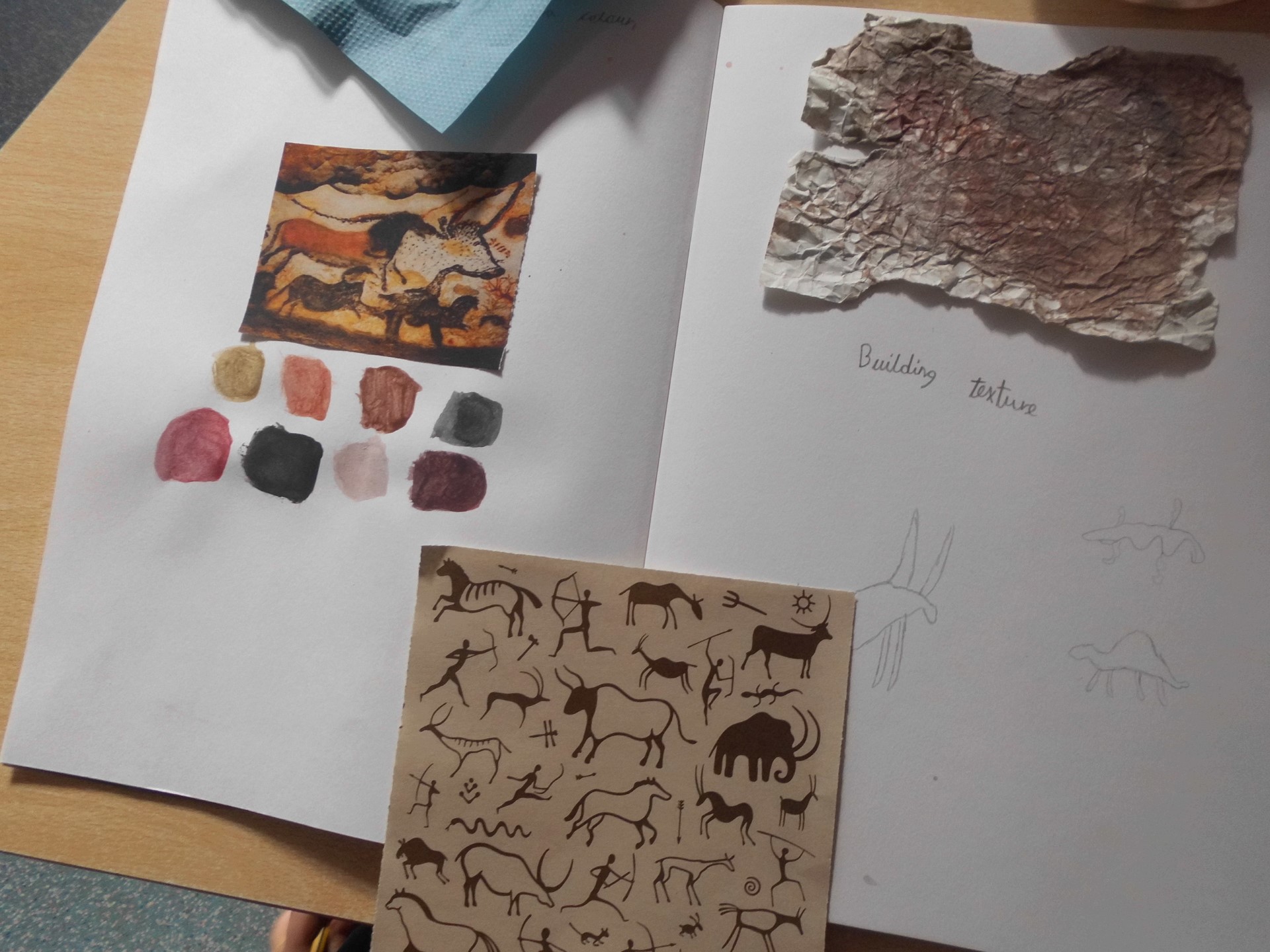
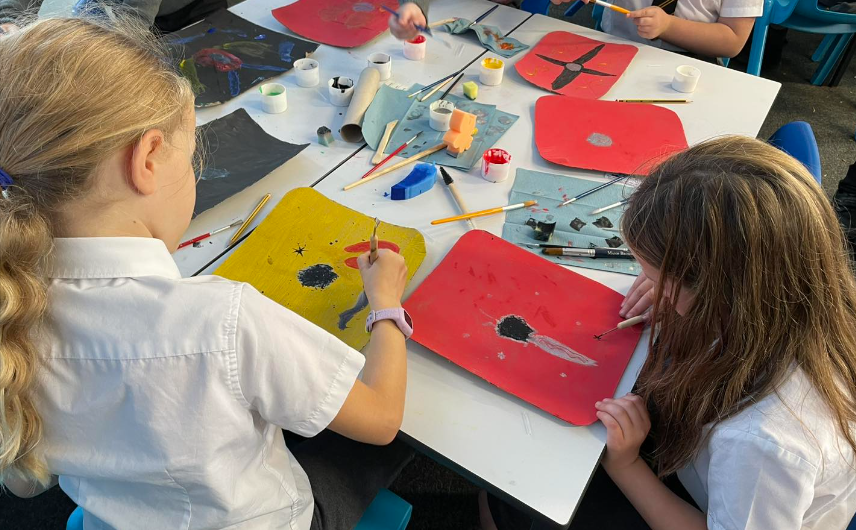
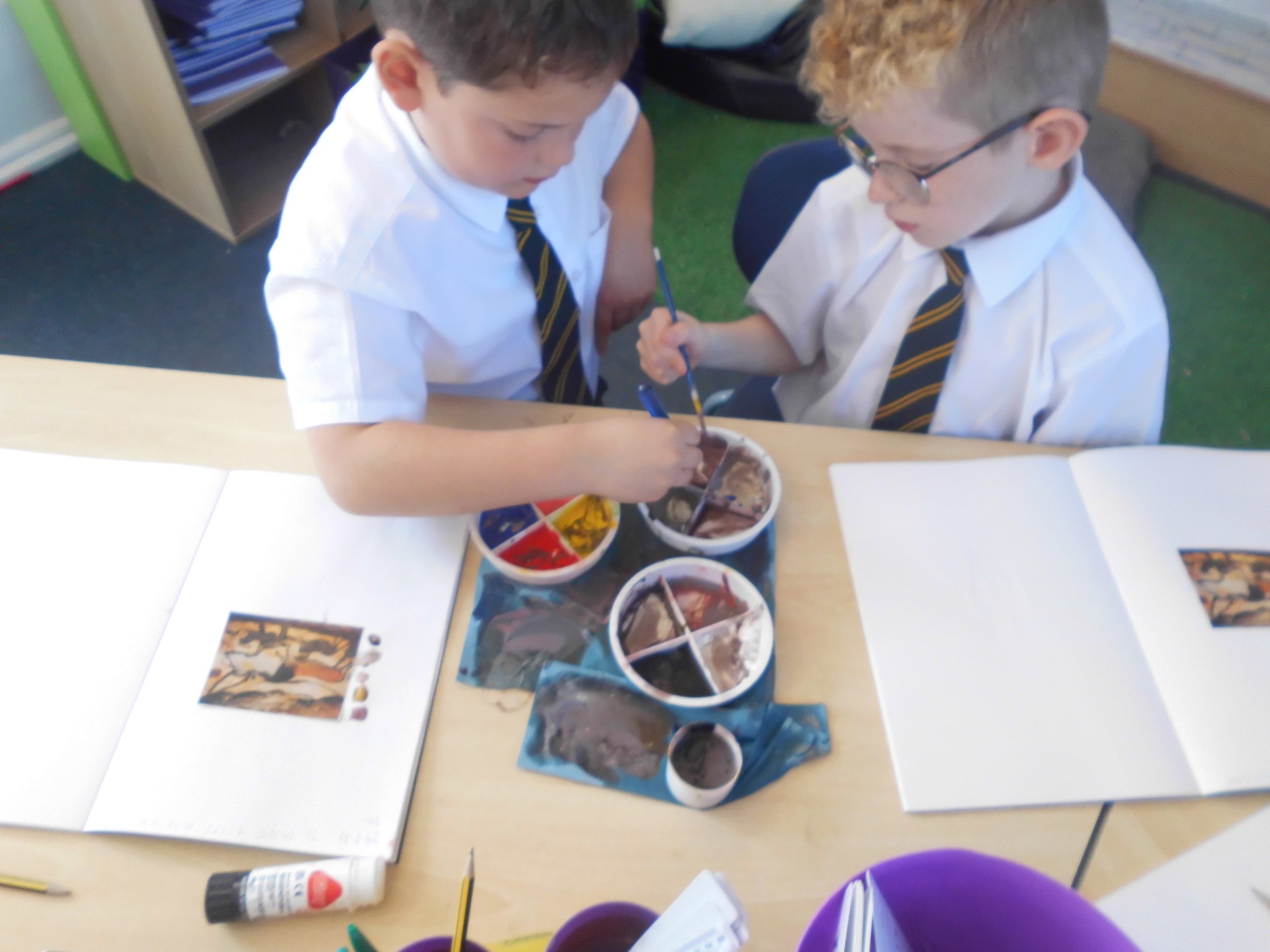
Artist Study
Throughout the year, KS1 will study two artists and KS2 will study three artists in detail. The artist will link to the history, geography or science learning of their year group. They will learn about that artist’s life and career, study their work and explore the materials, techniques and ideas that the artist used to create their own piece of artwork inspired by the artist. The children will develop their critique skills through discussions about the artist's work and also their own work and their peer’s work. They will describe similarities and differences and also explore their own feelings about what they would do differently.
Impact
- Children will become proficient in drawing, painting, sculpture, collage and printmaking.
- Children will know about great artists, designers, illustrators and sculptures and understand the historical and cultural development of their work.
- Children will evaluate and analyse art work using art vocabulary and language.
- Children will produce creative work through their own imagination and ideas.
- Children will develop a love for Art.
The impact of our Art and Design curriculum will be seen not only in our children’s sketch books but also through classroom displays and the school environment.
Useful Websites
Tate Kids- You can access over 500 arts and crafts activities, including painting, sculptures and printmaking. This site gives you ideas of what Art supplies to provide for your child in order to create and make different things.
Art for Kids- You can watch step-by-step videos on how to draw different things.
The Artful Parent- Tate kids fun art and design games, activities and quizzes.
